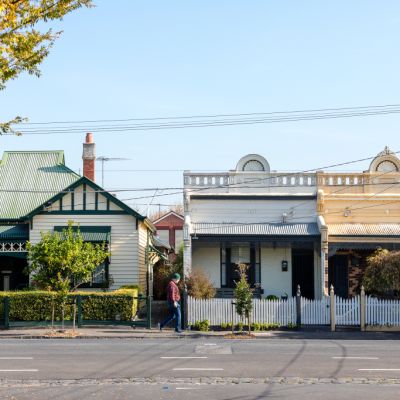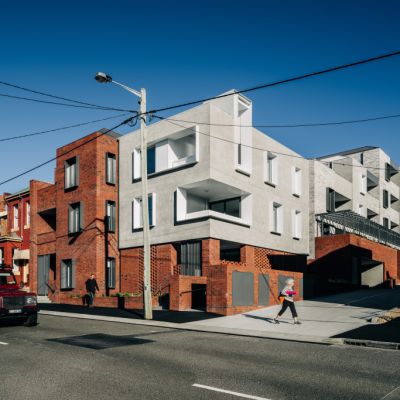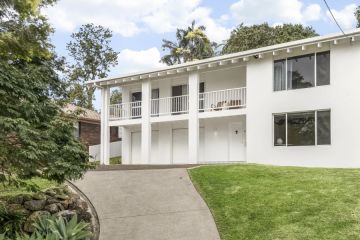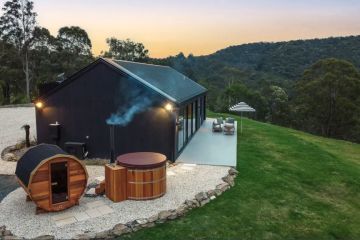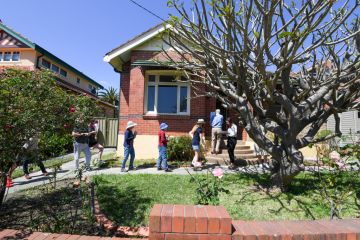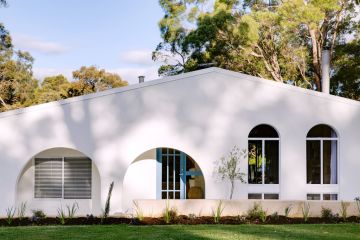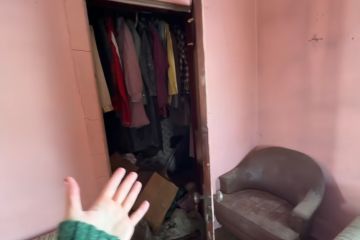Investing in older units found to carry growing cost of maintenance and upgrades
Investors looking to purchase apartments are being advised to exercise extra caution in light of a new report indicating that nearly half of Australia’s strata buildings are over 25 years old, with a growing need for maintenance and upgrades.
The research, conducted by Strata Community Association Australasia (SCAA), means buyers must ensure they choose units that won’t prove incredibly expensive to maintain their value.

“In all my years, I’ve yet to see a perfect strata building with absolutely nothing wrong,” said SCAA president Joshua Baldwin. “So, as an investor, you have to do your due diligence first.
“You wouldn’t buy shares in a company without first looking into it and the foundations it was built on, so you shouldn’t buy an apartment without doing the proper research either.
“That means reviewing the strata records carefully, reading the minutes of meetings and reviewing the maintenance plans and making sure they’re properly funded into the future.”
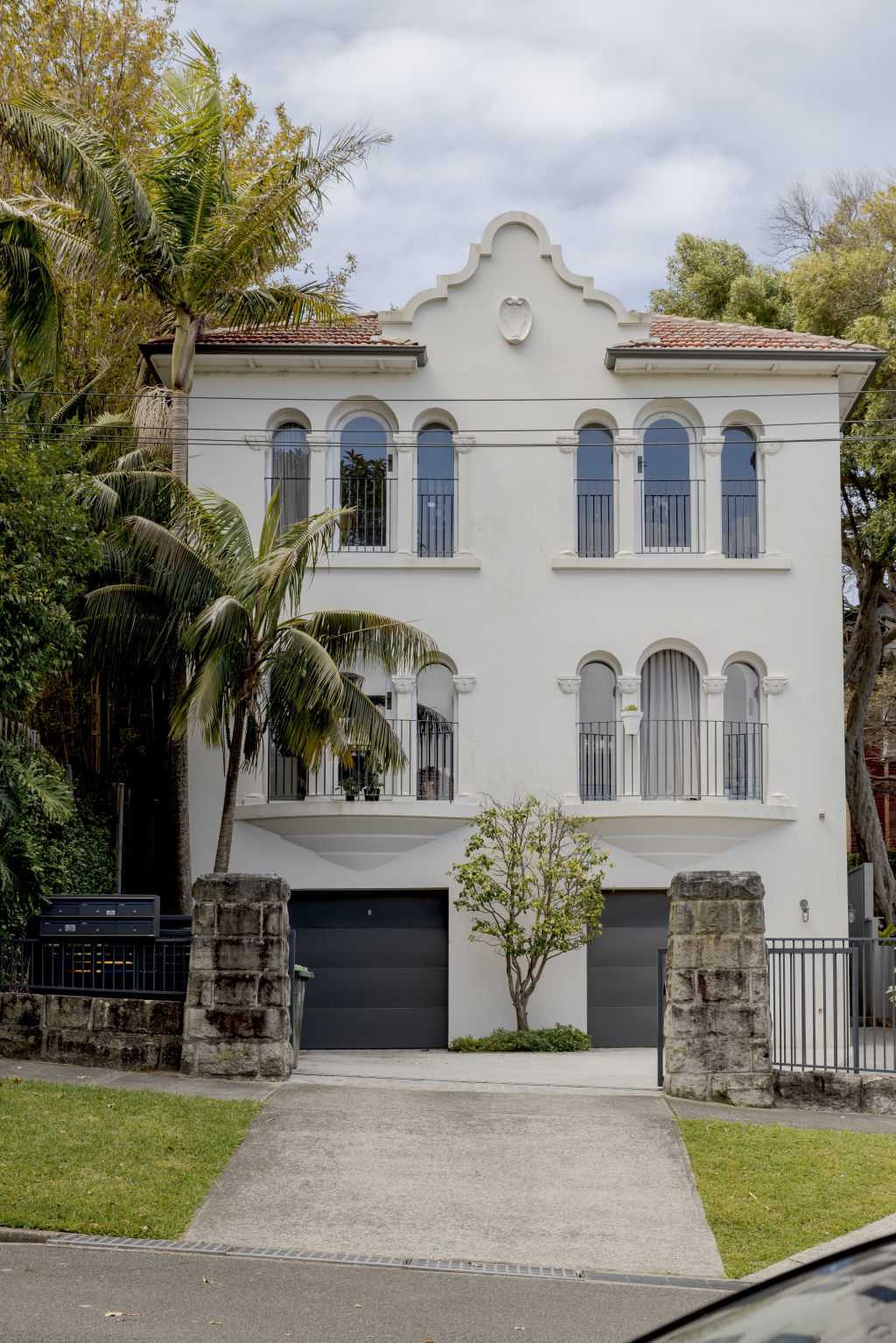
That doesn’t mean choosing to invest in a unit in a block where there is no discussion of upcoming necessary repairs or quarterly levies are remarkably low.
Those can equally raise red flags – it might be that the strata committee is trying to keep their problems out of the minutes to preserve the value of their building, or is ignoring defects in the hope they might magically go away.
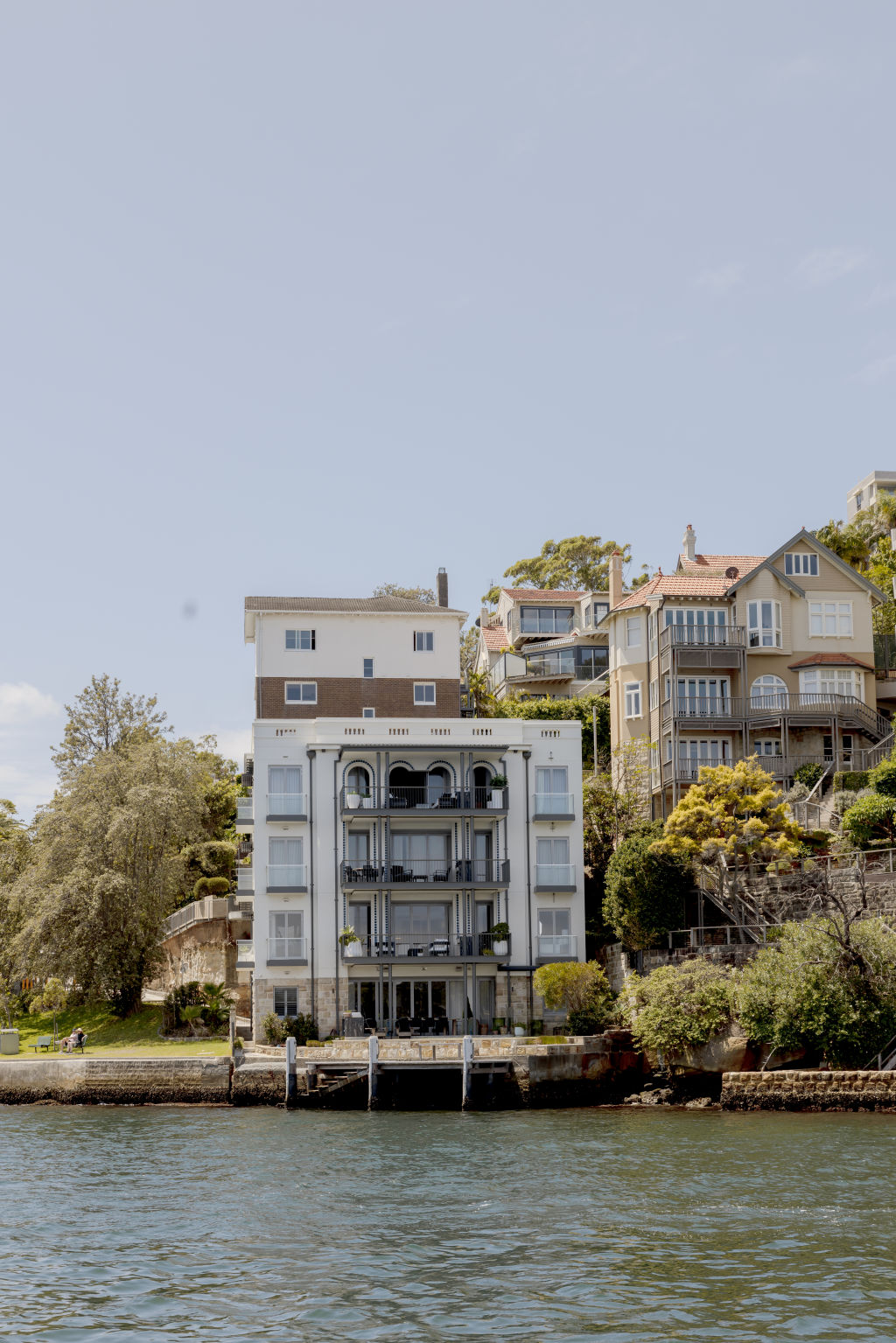
“You need to see a sensible discussion of any issues in those minutes, as well as a repairs and maintenance program and a 10-year capital works fund,” said Karen Stiles, policy director of the Owners Corporation Network, the peak body for apartment owners.
“You want to see levies and capital reserves sufficient to maintain the building to a high standard and deal with unexpected items like magnesite removal or stormwater repairs without striking a special levy or needing to borrow. A well-managed and maintained building will be in a healthy financial position, as well as having increased amenity for residents and appeal from the street.”
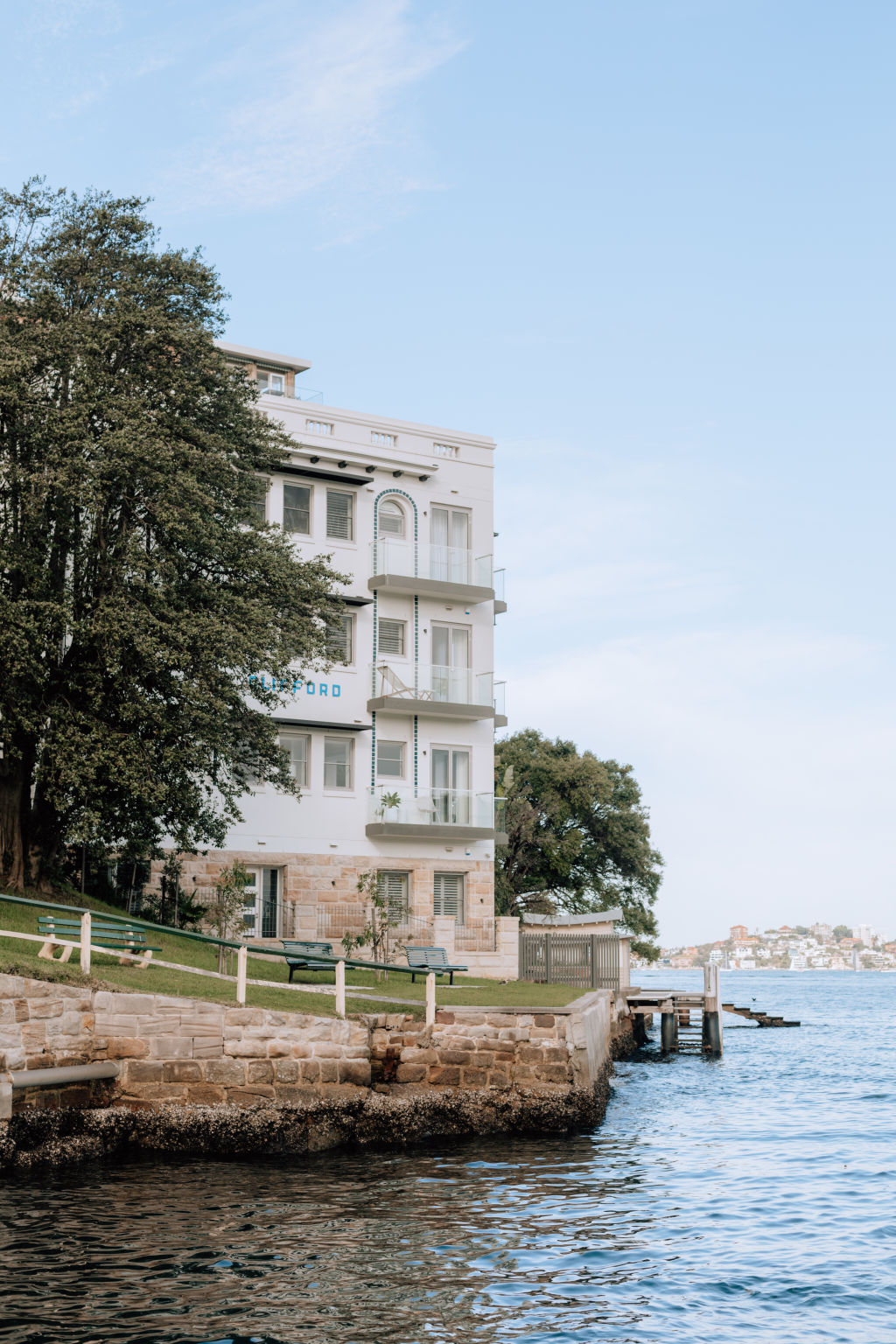
Around 4.2 million Australians, or 15 per cent of the national population, live in 368,234 strata schemes valued at a total of $1.4 trillion, according to the new report Australasian Strata Insights 2024, produced jointly by the SCAA and the University of NSW’s City Futures Research Centre.
Of those, older buildings with problems can be more affordable.
Then there is the opportunity for investors to proactively address these issues and increase their investment’s value by making them EV-ready, introducing improved security systems, or implementing aesthetic enhancements.
“We’ve seen some investors do this to the huge advantage of the buildings and then their investment,” Stiles said.
At a time of rising living costs, it remains vital that investors ensure owners do not put off repairs to save money.
“You hear about committees getting a quote for replacing fencing or roofs and then putting it off for three years by which time the cost has risen markedly and the property has become more degraded,” said Baldwin.
We recommend
We thought you might like
States
Capital Cities
Capital Cities - Rentals
Popular Areas
Allhomes
More
- © 2025, CoStar Group Inc.
